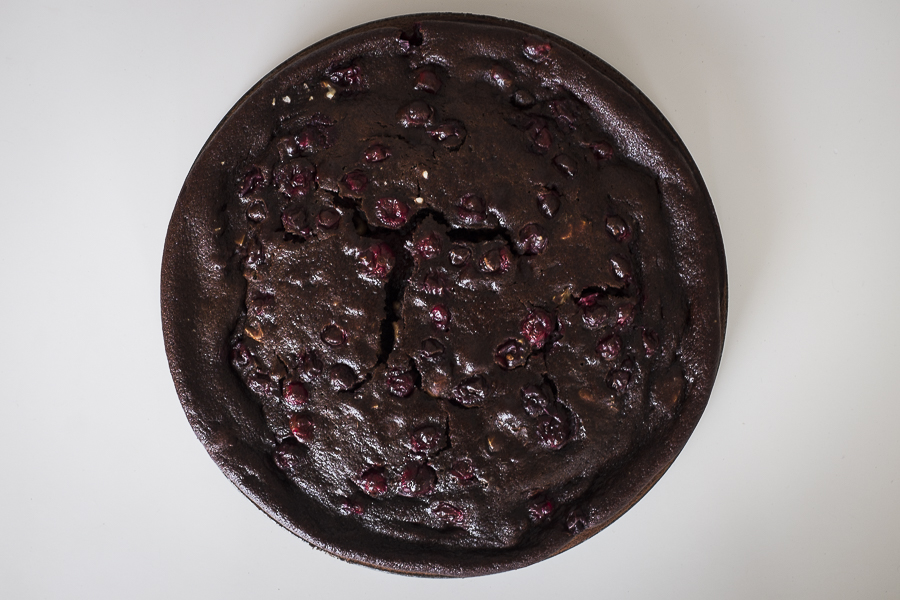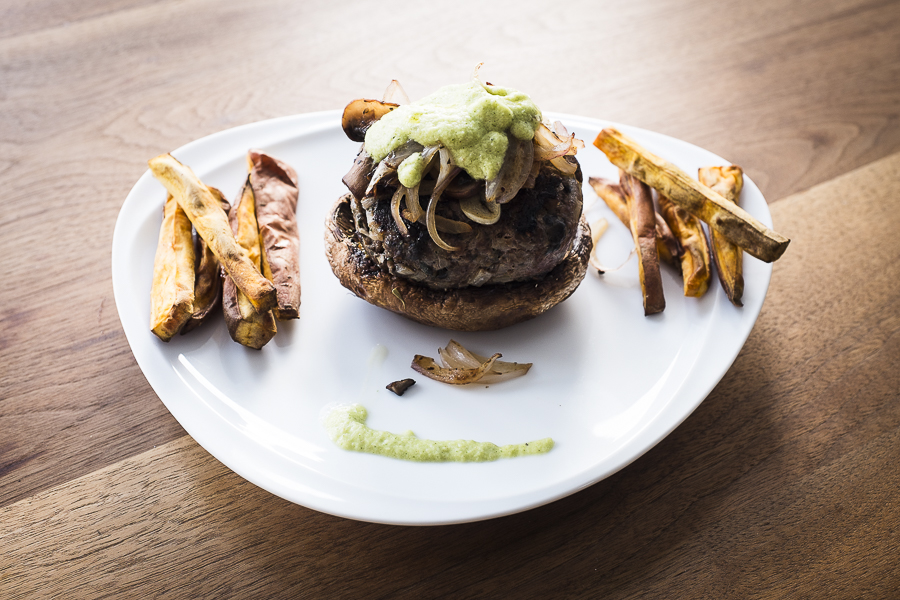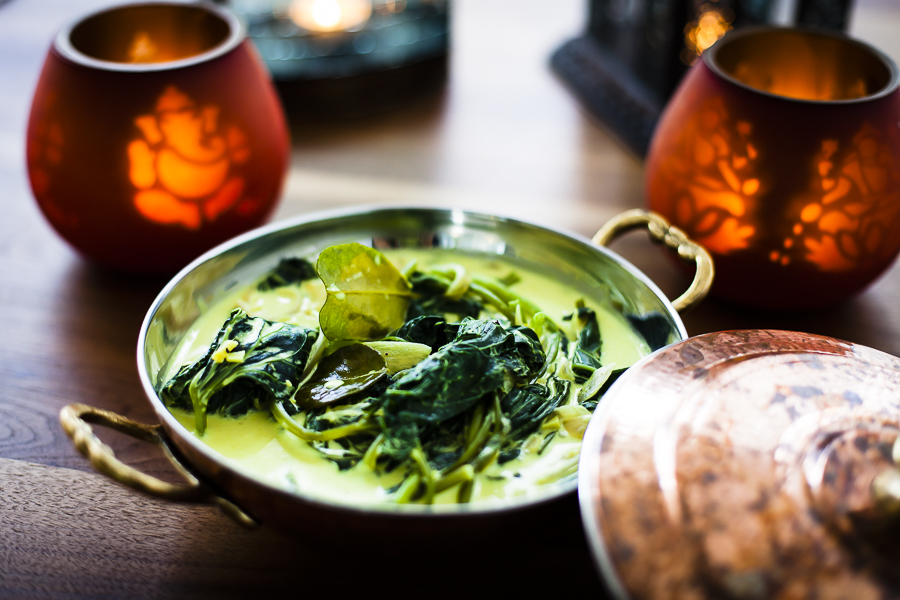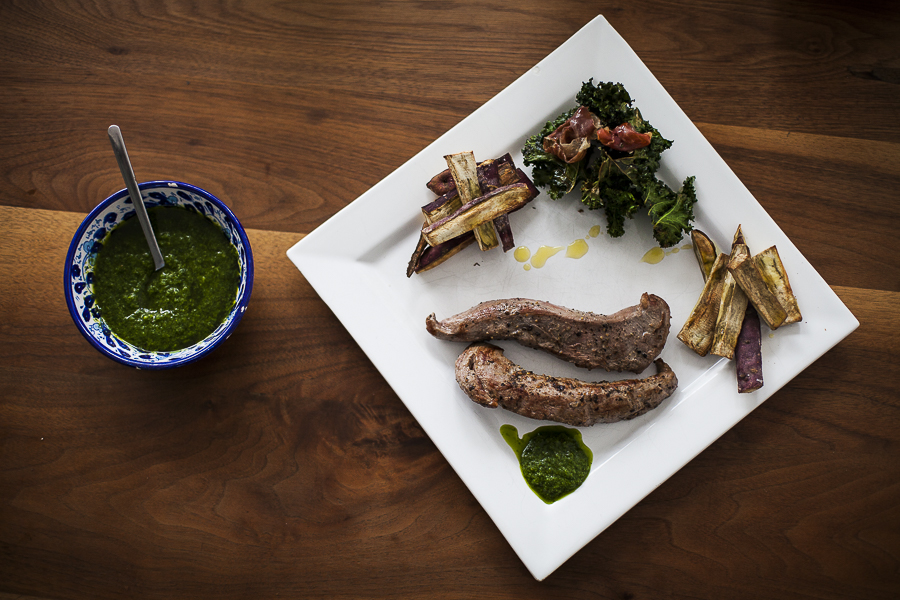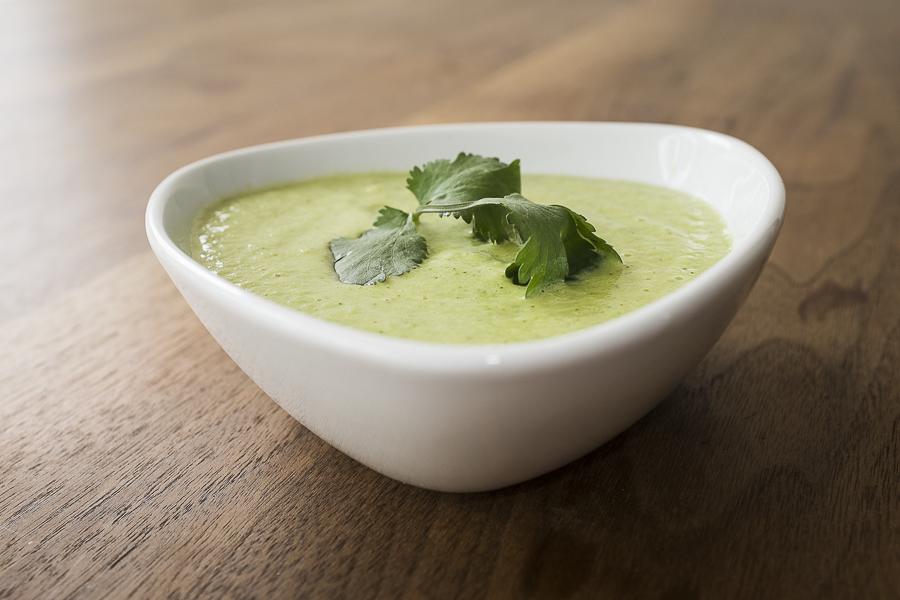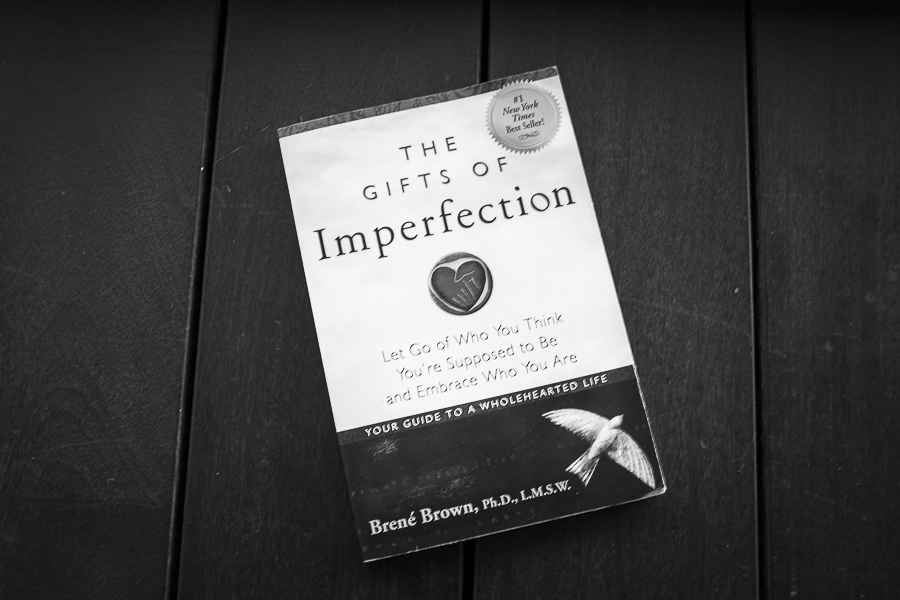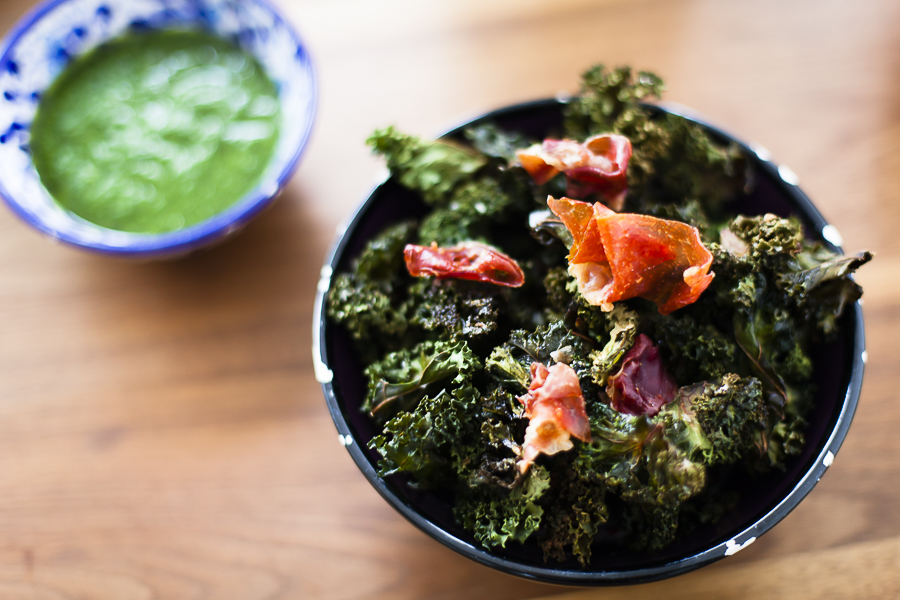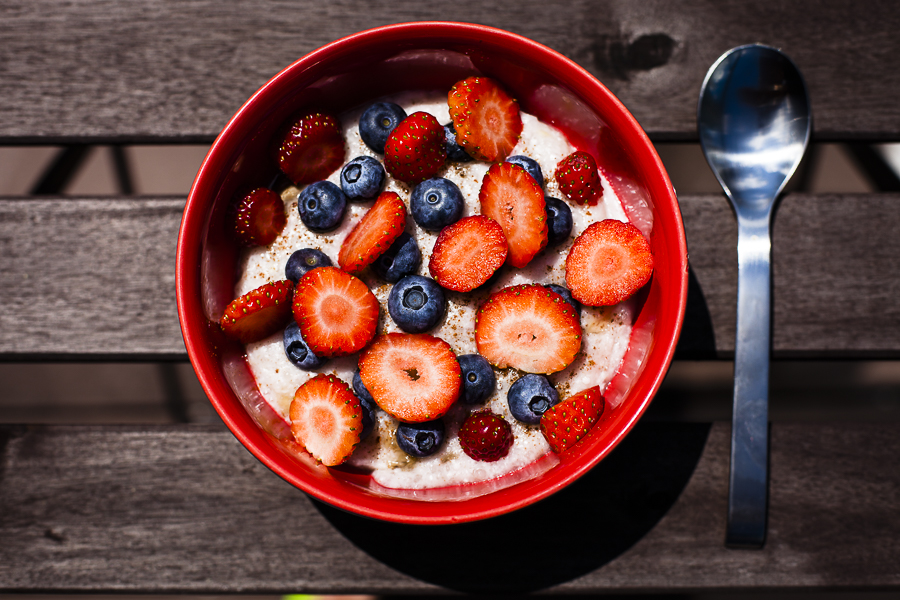With my son’s birthday fast approaching, and children in his class with nuts and gluten allergies, making a birthday cake this year took a little bit of experimentation. This chocolate cake received the children’s seal of approval, with not a single piece left in the box that we sent into his classroom.
Ingredients
- 50g good quality cocoa powder (sifted)
- 125ml boiling water
- seeds of one pod vanilla
- 70g sweet potato flour
- 60g rice flour
- 1/2 tsp bicarbonate of soda
- 1 pinch salt
- 150ml coconut oil (or regular olive oil, not extra virgin olive oil – it is too strong tasting)
- 100ml honey (or use maple syrup)
- 3 large eggs
- handful of frozen cranberries (optional)
Directions
- Heat the oven at 170 degrees Celsius (340 degrees Fahrenheit).
- Sift the cocoa into a bowl. Add the boiling water and stir well to make a smooth paste. Put aside to cool down while you prepare the rest
- Measure the sweet potato and rice flour into a separate bowl. Add the bicarbonate of soda and salt and set aside.
- In the bowl of a food processor or mixer, add the coconut oil, honey and eggs.
- Mix for about 3 minutes until well aerated.
- Add the chocolate mixture to the mixture in the foodprocessor or mixer. Mix thoroughly.
- Add the flour mixture to the foodprocessor or mixer. Mix thoroughly.
- Prepare as springform cake tin of 20-25cm with a base lining of baking paper. Oil the sides of the tin with a little coconut oil.
- Pour the mixture into the tin.
- Sprinkle over the cranberries or other berries (optional)
- Cook the cake for 40 minutes in the oven or until it is still moist in the centre, but cooked through.
- Serve warm or cooled down.
Music to go with it…
Listen on Spotify: Breaks Co-op – Sounds Familiar

